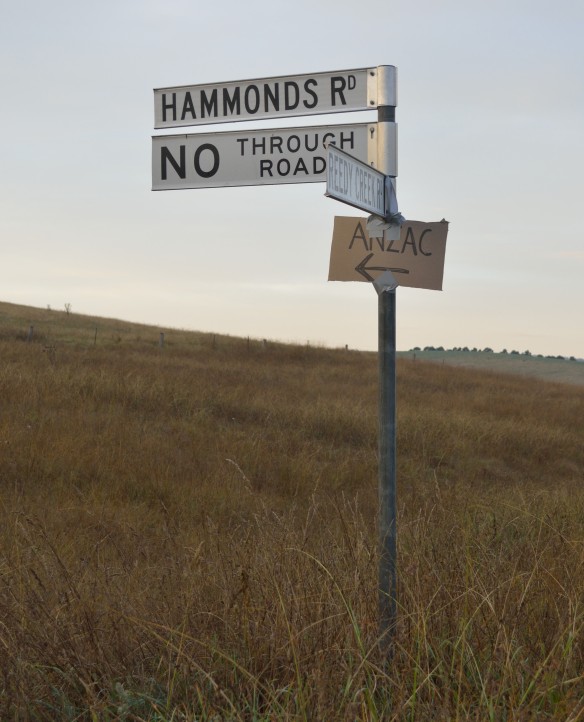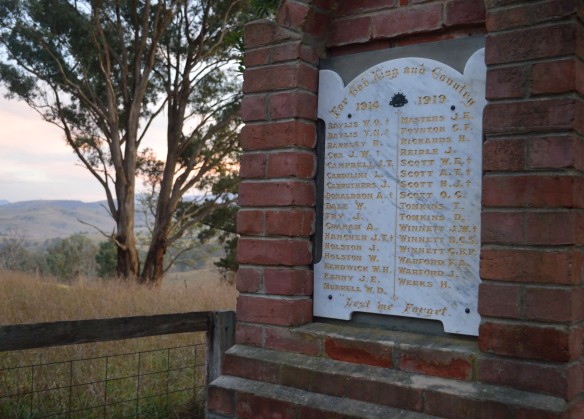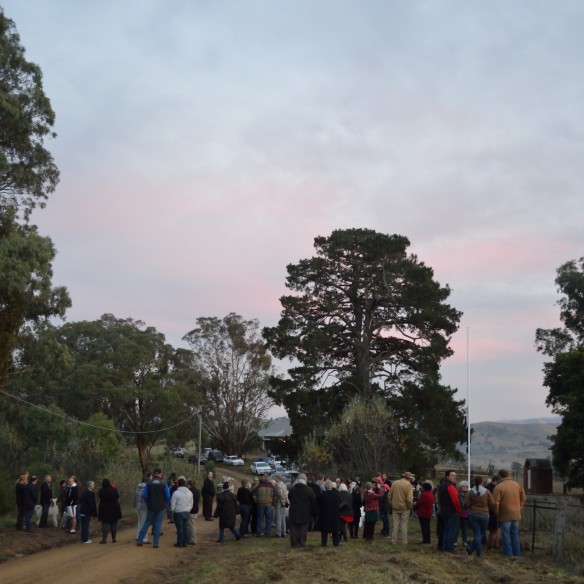Today I’ve been re-reading Alan Seymour’s controversial play centred on Anzac Day, The One Day of the Year. First performed as an amateur production in 1960 after being rejected by the Adelaide Festival of Arts as anti-military, and later the target of a bomb threat, the play depicts the conflict between a working-class, first-generation university student, Hughie Cook, and his family. Anzac Day provides the flashpoint. For Hughie’s father, Alf, a Second World War returned serviceman, Anzac Day is ‘the one day of the year’ on which he enjoys some kind of status in society: “Boys I’ve known all me life. Went through the Depression with me, then the War. They’re nothing much either. Nothin’ much… But for one day they’re someth’n'” (p. 100). For Hughie’s Mum, Anzac Day is a time to be wary of Alf’s drinking: “I know how much you’ve had when you get to this bloody stage… You can go the whole year without hardly touchin’ a drop and up comes April —” (pp. 12-13). And for Hughie, Anzac Day is for “a screaming tribe of great, stupid, drunken no-hopers” (p. 95). This year, Hughie and his girlfriend Jan plan to expose Anzac Day as just this in their university newspaper.
Nearly 60 years since it was written, The One Day of the Year still some raises valuable questions about how we commemorate (or, increasingly, celebrate) Anzac Day.
Here’s a moment in the play I especially like. It takes place early on Anzac Day morning, after Alf has left home to attend the dawn service, march and reunions. For the first time, he does so alone. Alf’s best friend Wacka, a 25 April Gallipoli veteran and returned serviceman of both world wars (“What I did I put me age up to get into the First World War and down to get into the Second” [33]), in deference to his age and gammy leg, has elected to watch the march on a rented television at the Cooks’. (“Comfort,” Alf has stormed. “I dunno what this country’s coming to. If I ever thought I’d see the day when people’d think of their own comfort on Anzac Day —” [53].) Hughie has refused to attend, and will go out later to photograph the drunken revellers.
But Mum, Wacka and Hughie do observe the Anzac Day dawn, in another way.
[Steps are heard approaching. The front door opens, WACKA is silhouetted against light from sky spilling through door. He comes in, leaving door open to give himself some light. Crosses to lounge windows, quietly pulls up blinds. Dawn light comes in. He looks around, moves quietly back to door.
[He is about to close it but a sudden quickening of light all through the sky stops him. He takes a step outside, looks up at the sky. It is dawn. He stands very still as though listening for something.
[WACKA turns, comes back to door. Stands another second or two then shrugs, laughs quietly to himself. But still he stands, looking out and up. There is absolute silence.
WACKA [to himself, so quietly it can hardly be heard]. It was now. [He stands still, remembering.]
[And out of the silence comes, soft and distant, the sound of a trumpet playing “The Last Post”.[WACKA stands as though paralysed. As it plays through, the bedroom door opens and MUM stands there without putting on the light. She is fussily wrapping gown about her but the sound stops her. She sees WACKA’S face, the dawn gradually lighting it, and she does not move. They both stand listening. The last notes die away.
[For a moment neither one moves.
[Shakes his head, comes back to earth.] Where’d that come from?MUM. Hughie’s room, I think. [HUGHIE switches the radio off.] He must’ve put the wiless on to hear the service” (pp. 57-58).
– A quieter, more personal form of remembrance.
Note
All page references are from Alan Seymour, The One Day of the Year, Angus and Robertson, London, 1962.



